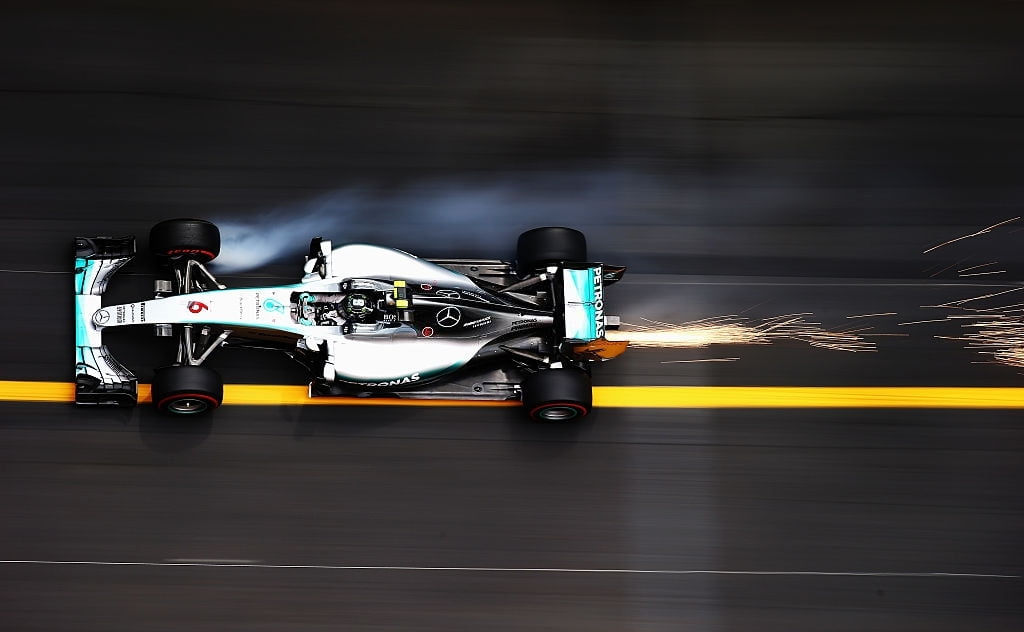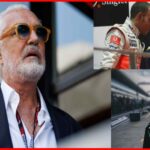Some of the best drivers have adorned the Formula One for seven decades. These drivers have driven some of the best f1 cars of all time. It may seem that the cars are all the same. However, a peek under the hood will reveal the intricate details which differentiated them. Improvised engines and introduction of new technologies promised the fans of engaging tussle in the track.
The feud between Mercedes and Ferrari is nothing new. Since the very first days of Formula One, these two companies have been producing intense rivalries to establish their superiority. However, there are other constructors too, who have pitted against the best and have stood out better than them.
Ranking a few of them out of hundred great machines is quite a task. However, some of these have stood out in the pages of history and defined themselves to be the best of the lot. Curating these few in a list would give a proper insight how technology has improved in the Formula One sector.
Brabham BT46- Best Formula 1 Car Ever
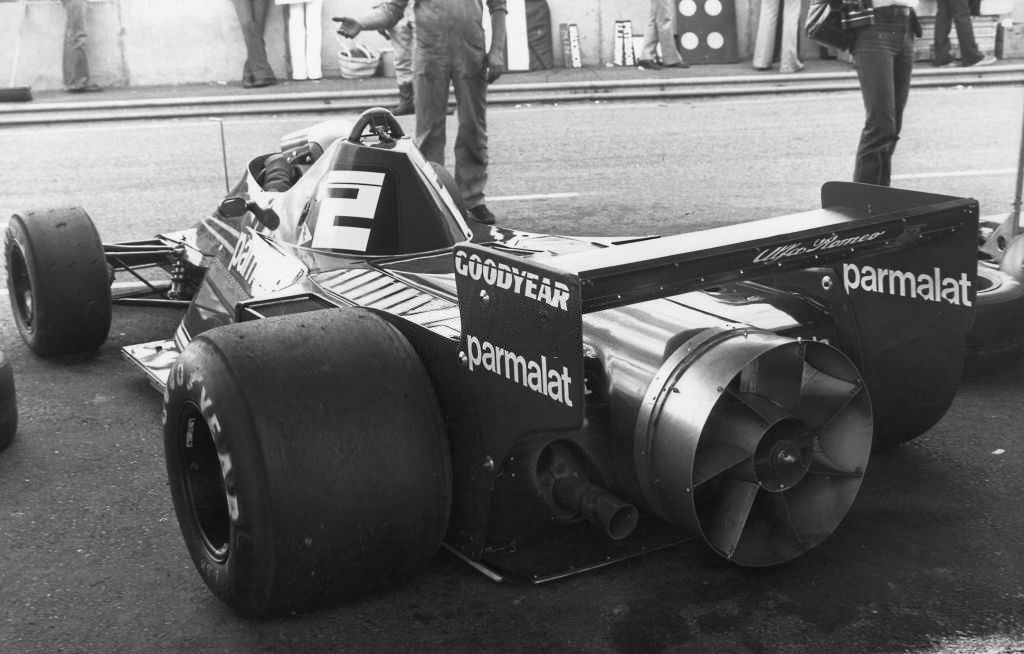
The Brabham group incorporated the BT46 in the 1978 session of Formula One. The designer, Gordon Murray, made considerable changes on the conventional blueprint. However, consultant engineer David Cox predicted that the car might face issues of over-heating.
The cooling system of the BT46 was changed from traditional oil and water system to flat panel heat exchangers. The calculations from Cox suggested the heat exchangers were assigned 30% of the required surface area. Cox was invited to the Brabham factory to present his findings. He nullified the chances of this car to succeed with heating issues.
The flat panel system was removed, and a modified nose-mounted radiator was used. The BT46 was powered by flat 12-Alfa Romeo engine. Niki Lauda, one of the best drivers of F1 and John Watson, drove the BT46. Victory at a Grand Prix and accumulation of sufficient points ranked them third in the Constructors Championship.
The B variant was used in the Swedish Grand Prix and used a fan to generate immense down-force. The technique served to keep the engine cool along with gaining down-force. Intended to counter the dominant Lotus 79, BT46-B raced only in the Swedish Grand Prix. Niki Lauda drove it around the Anderstorp to secure a victory.
The BT46-B was terminated by Brabham owner Bernie Ecclestone himself. A one-match appearance and victory powered with a 2995 cc Alfa-Romeo engine remain a feat.
Indeed the BT46 was a machine of its kind. The BT46 raced last in the South African Grand Prix in 1979. The service was temporary for the BT46, for the upgraded version it was a few day’s stints. However, even with a limited-service, it remained one of the best f1 cars of all time.
Benetton B195- Best Race Car Of All Time
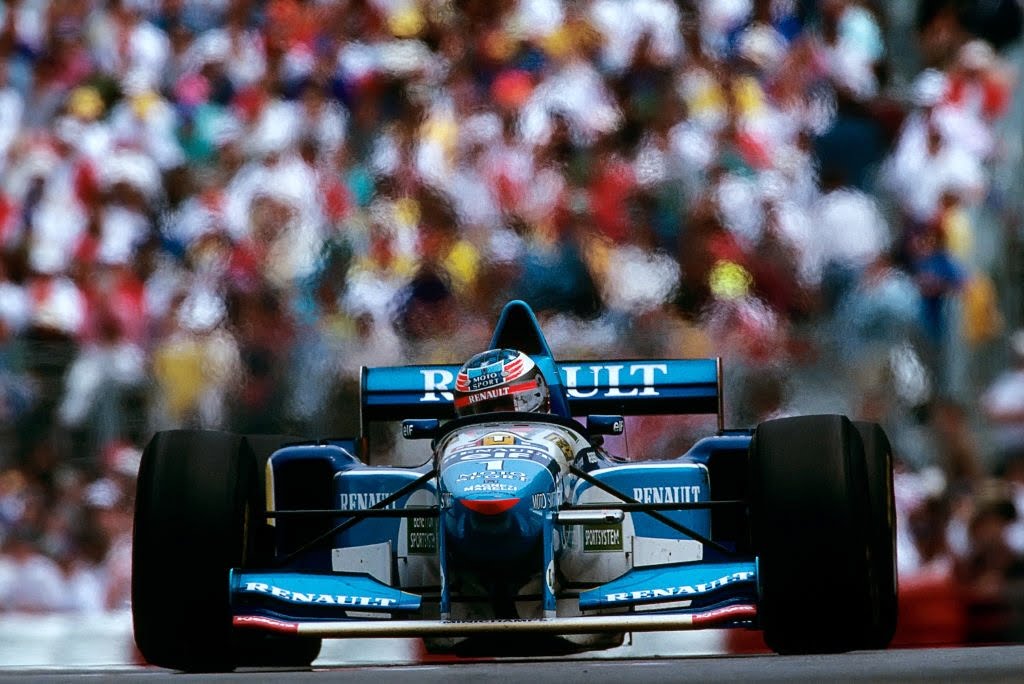
Michael Schumacher before signing for Ferarri raged the roads with Benetton. The 1994 session saw him clinching the World Driver Championship for the first time. Challenge was upon him to defend his Championship. He did it with ease with the help of the B195.
A change in the structural design was needed when the 3000 cc Renault RS7 V10 engine was selected to power the B195. Designed by Rory Byrne and Ross Brawn, the B195 underwent some changes from its predecessor B194. The engine size was reduced to 3 litres from 3.5, and smaller wings were incorporated.
Starting from where he had left off, Schumacher rode the B195 to the Championship Cup. Winning 11 out of 17 races, Benetton sealed the Constructors Championship for the 1995 season. The desirable results proved the car was worthy of mentions and found its place as one of the best f1 cars of all time.
Ferrari 500- The Oldest F1 Car
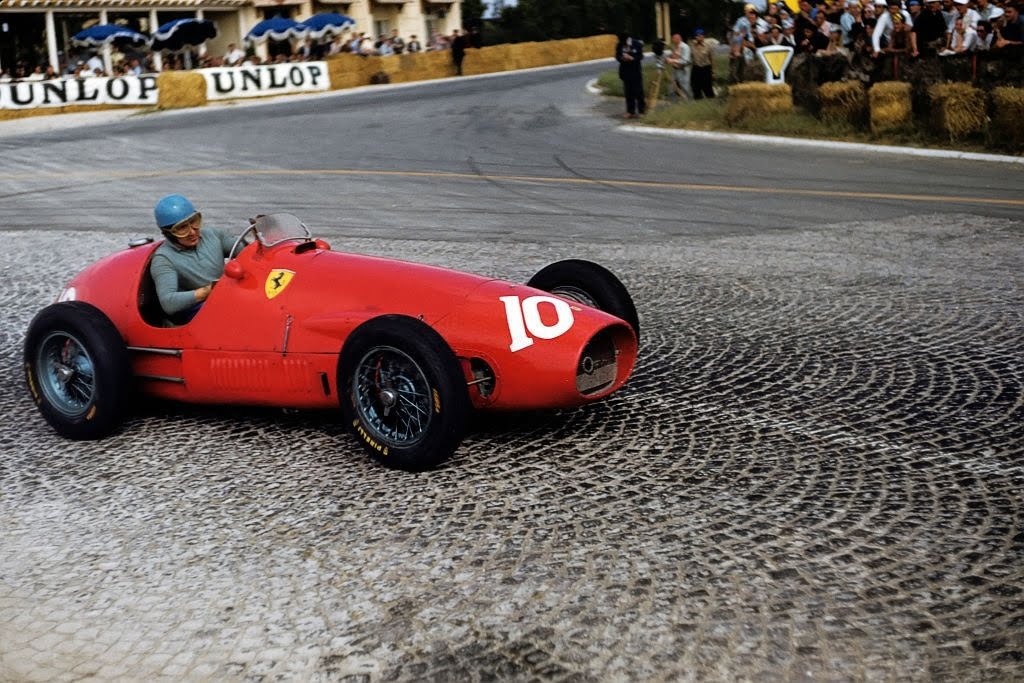
Rules were subjected to change in Formula One quite frequently in the early years. FIA announced in the year 1952 that Driver’s World Championship would be according to Formula 2 specification. The news brought forth a lot of chaos, and Alfa Romeo pulled out of the event.
Alfa Romeo’s absence meant a free ground for Ferrari. The only team to have a car with the mentioned specifications Ferrari went all out that season. The four-cylinder Lampredi engine mounted behind the front axle improved the weight distribution.
Italian Alberto Ascari won seven consecutive Grand Prix races with the 500. This record stood for a long time before Sebastian Vettel smashed it in 2013.
Brawn BGP001- Best Looking F1 Car Of All Time
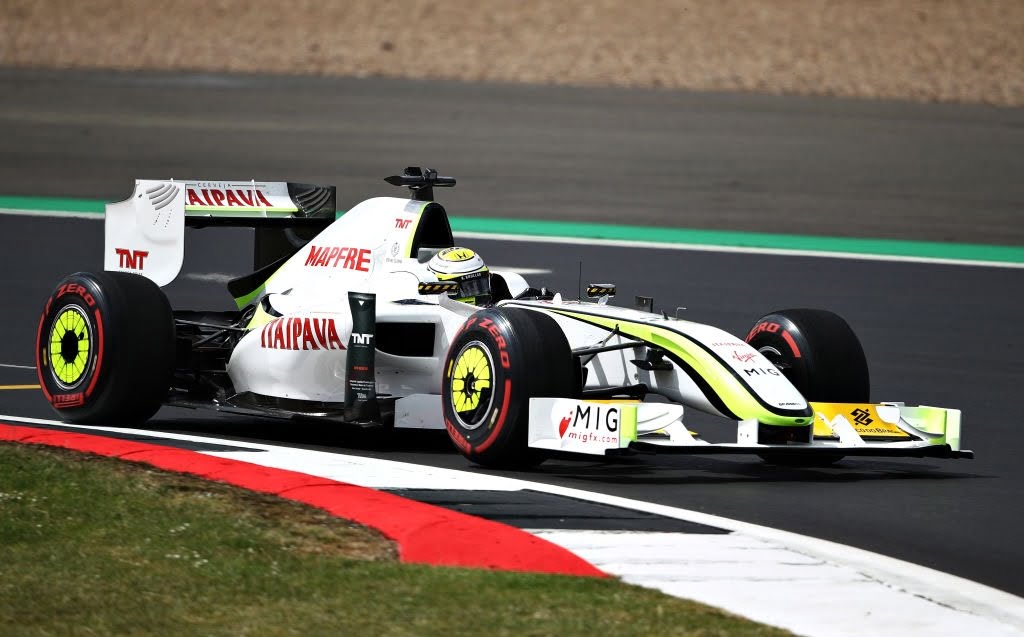
Honda began working on the cars expected to feature in 2009 F1 Championship in 2008. However, in December 2008, they announced their decision to withdraw from F1. Development of the car continued while the team was on the lookout for an owner. Ross Brawn purchased the team, and hence the name Brawn came to action.
Accommodating 2.4 L Mercedes-Benz FO108W resulted in the shift in the centre of gravity. It was a challenge upon the engineers to get the car rolling with the new season around the corner. However, the most controversial aspect was the double-decker diffuser controversy. The BGP001 used a different design for the diffuser allowing it to accumulate more down-force.
Renault, Red Bull and Ferrari complained against the use of this diffuser in the Australian Grand Prix. BMW tried to do the same in Malaysia. However, on both the occasion, the verdict ruled out any illegal practices being involved.
An appeal was filed in the FIA International Court of Appeal against the use of diffusers. However, the use of diffusers was validated to be legal, and teams were allowed to use them. This verdict helped Brawn GP hold on to the first two wins with Jenson Button. The BGP001 won 8 out of 17 races and lifted the Constructors Championship while Button won the Drivers Championship that year.
Red Bull RB9- The Best Racing Car
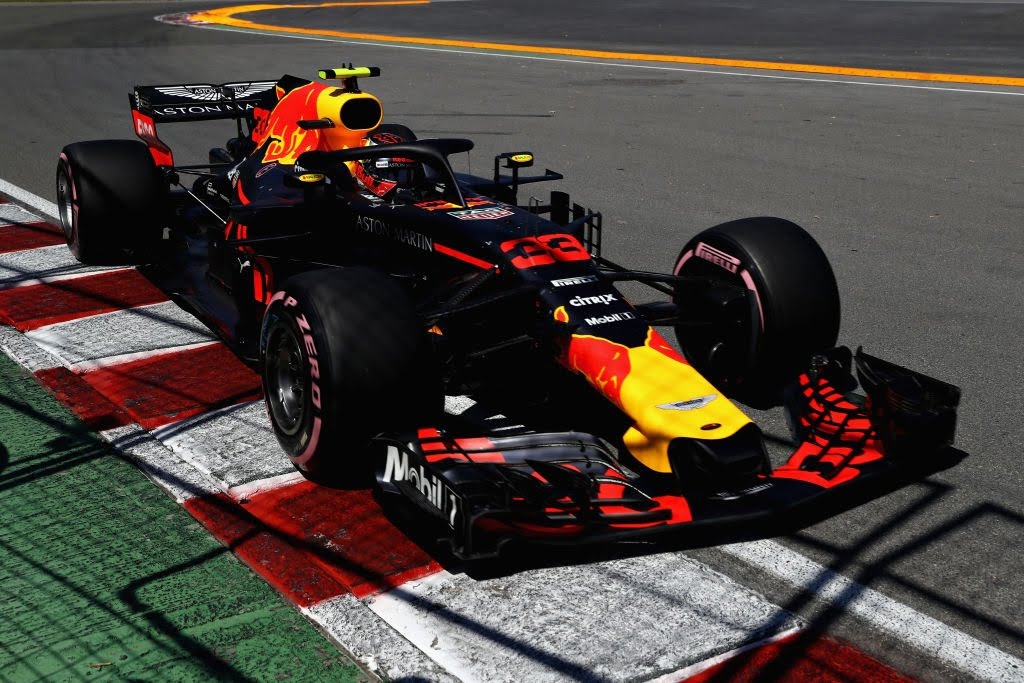
Alberto Ascari set up a record by winning seven consecutive Grand Prix in 1952. The record was well kept until Sebastian Vettel, riding in his RB9 smashed by winning nine consecutive Grand Prix in 2013. The RB9 nicknamed “Hungry Heidi”, fetched Vettel his fourth Championship. The RB9 was the last recipient of the Championship award with the V8 and naturally aspirated engine.
The previous season, Chief Technical Officer Adrian Newey admitted the development of RB9 was stalled to emphasise on the RB8 and the Championship. However, RB9 had a grand debut with Vettel taking the pole position in practice sessions and the qualifiers. Finishing the race on the third position, RB9 marked its entry in the F1 circuit.
Even though the first half was a relatively sloppy beginning, the second half sealed the deal. Winning 9 out of 9 Grand Prix Vettel smashed all records and etched his name in the pages of history. An astounding 13 wins and 596 points sealed the Constructors Championship for the Austrian side. Asserting dominance in the racing track, the RB9 stands out as one of the best f1 cars of all time.
Williams FW14- The Best Car Of F1
https://www.youtube.com/watch?v=4Y7LwCgiwUM
Necessity is the mother of all inventions. Struggling in the 1989 and 1990 season, Williams signed Adrian Newey to design new models for the upcoming season. Williams funding, along with Newey’s practical design, meant success inevitable. The new prospect encouraged Nigel Mansell to reconsider his decision to retire, and he joined Williams from Ferrari.
A Renault 3.5L V10 powered the beast and was considered the most technologically advanced in the track. However, the upgraded FW14-B was even better than the basic model. The upgraded version featured semi-automatic transmission, active suspension; traction control and anti-lock brakes. Aerodynamically ahead of its contemporary McLaren MP4/7A and the Ferrari F92A it made significant progress. The FW14-B was so successful that the FW15 was never used.
Debuting in the 1991 US Grand Prix, FW14 recorded seven victories. However, due to some technicalities in the beginning progress was a sloth. The upgrade rolled out soon, and the technical hurdles were crossed.
The 1992 Championship saw Mansell grabbing nine Grand Prix victories and racing away to clinch the Drivers Championship. Securing 17 wins from 32 races, Williams lifted the Constructors Cup for the 1992 session.
Lotus 72- The Best F1 Car Comapny
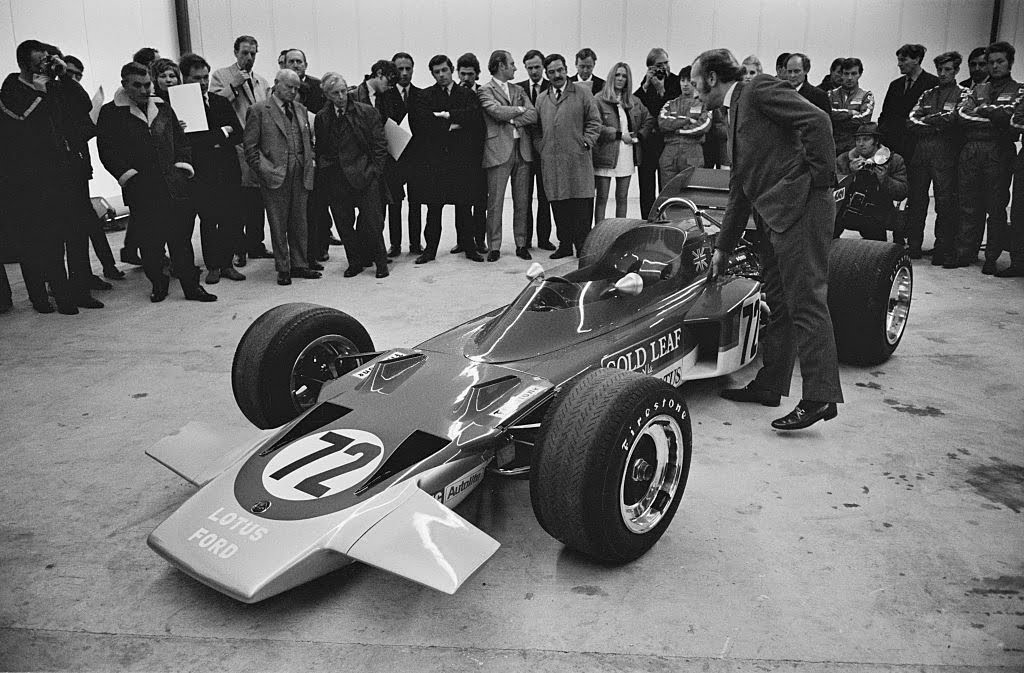
Colin Chapman designed one of the most successful cars in F1 history. The new design resembled a wedge on wheels; the new design modified air penetration units. Sporting side-mounted radiators and an overhead air intake system; the car caused a sensation among the fans.
Jochen Rindt rode the car in the 1970 season of F1 Championship. Picking up four Grand Prix in quick succession, Rindt made the car famous. Sure enough, to win the Drivers Championship that year, Rindt rode the 72 to death in Monza. Emerson Fittipaldi won the US Grand Prix, pushing Rindt to the Championship. The results were in favour of Lotus, and the Constructors title was awarded to them.
The 1971 session saw some upgrades being pulled off by Tony Rudd redesigning the rear suspension and rear wing to increase the downforce. This season was not the best for Lotus. However, in 1972 Fittipaldi won the Championship while Lotus won the Constructors Cup once again.
The 1973 season saw changes relating to the safety of the car. Sharing a total of seven Grand Prix, the season went right for the team. Constant accumulation of points ensured the Constructors Cup to remain with Lotus.
The 72 was a remarkable machine and withstood years of competition from other teams. Winning three Constructors Cup, the Lotus 72 remains one of the best f1 cars of all time.
McLaren MP4/4- Best F1 Car In World History
Statistically, the most successful car ever built, the MP4/4 boasts a 93.8% success with 15 wins from 16 races. Designed by Steve Nichols, the MP4/4 is one of the most successful F1 cars ever. Inspired from Brabham BT55 and sported a Honda RA168E 1.5L V6 turbo engine, the car took the racing world in a surprise.
The reason underlying McLaren’s success is not one, but three. The Carbon fibre honeycomb chassis, Honda’s efficient engine and the formidable partnership of Alain Prost and Ayrton Senna. The fuel regulation dropped by FIA stating a limited 150L provision for turbocharged engines compelled Honda to make the necessary changes.
Before 1988, the single dominant season was in 1984. The McLaren MP4/2 won 12 out of 16 races. Niki Lauda and Alain Prost drove the beauties to the Championship Cups. The season of 1988 was a cakewalk for the MP4/4 and overshadowed MP4/2’s achievements by winning all but one Grand Prix.
The MP4/4 faced defeat in the Italian Grand Prix of 1988. Prost knocked out early in the event due to a rare engine failure. Senna was in the lead with two laps remaining when he crashed with Jean Louis Schlesser. Ferrari capitalised and won the Italian Grand Prix a month after Enzo Ferrari’s death.
McLaren were the clear winners of the Constructors Cup in 1988. However, the struggle between Senna and Prost spiced things up. Individually both were capable of winning the Drivers Championship, but with a victory more than Prost, Senna has crowned the Champion. The seer brilliance in the track from MP4/4 earned it the virtue of being one of the best f1 cars of all time.
Scuderia Ferrari F2002- Best F1 Car In History
The MP4/4 created a fantastic win percentage of 93.8. The one model which came closer to this was the Scuderia Ferrari F2002 of the 2002 season. Winning 15 races out of 19 participations, this car has raced away to the history books.
Chassis designer Rory Byrne and engine designer Paolo Martinelli worked significantly to make this a success. Sporting a Ferrari Tipo 3L engine and a revamped gearbox system made of titanium, the car was lighter and aerodynamically superior. The added technological advantages meant a season of dominance from the Prancing Horses.
Schumacher winning 10 Grand Prix with the F2002 asserted the one-sidedness in the season. Rubens Barrichello contributed equally as well with four wins. Bagging 14 wins in the first season, the Constructors Championship went to Ferrari. The German’s one-sided dominance meant his Championship was loading for the fifth time.
The F2002 continued for a handful of races in the 2003 season. The San Marino Grand Prix saw the F2002 winning for the last time. Schumacher and Ferrari both ended the season with defending their Championship Cups.
Mercedes F1 W07 Hybrid-Best F1 Car Ever
Seventh Formula One car constructed by Mercedes from 2010, the W07 was an engineer’s feat. Registering a staggering 19 wins out of 21 races, the W07 was the car the racing world needed. Nico Rosberg and Lewis Hamilton partnered in escalating Mercedes and the W07 to unscaled heights.
Powered by a Mercedes Benz PU106C Hybrid 1.6L V6 turbocharged engine, the W07 produced a whooping 950 HP. To improve airflow efficiency, the S-Duct was evolved. Front wing fins and L-shaped turning vanes were introduced under the chassis to direct better airflow. These minor changes on the course of the season improved the W07 inch by inch. As days passed the machine was a better version of itself.
A rather one sides season from Mercedes saw them accumulating 765 points on the board. Breaking the previous best of 703, Mercedes were scaling new heights of success. The margin of victory was almost 300 points. Nico Rosberg, in his final season in F1 racing, finished his career with a Drivers Championship to his name. The W07 stands out among the rest in terms of performance and is best f1 cars of all time.

